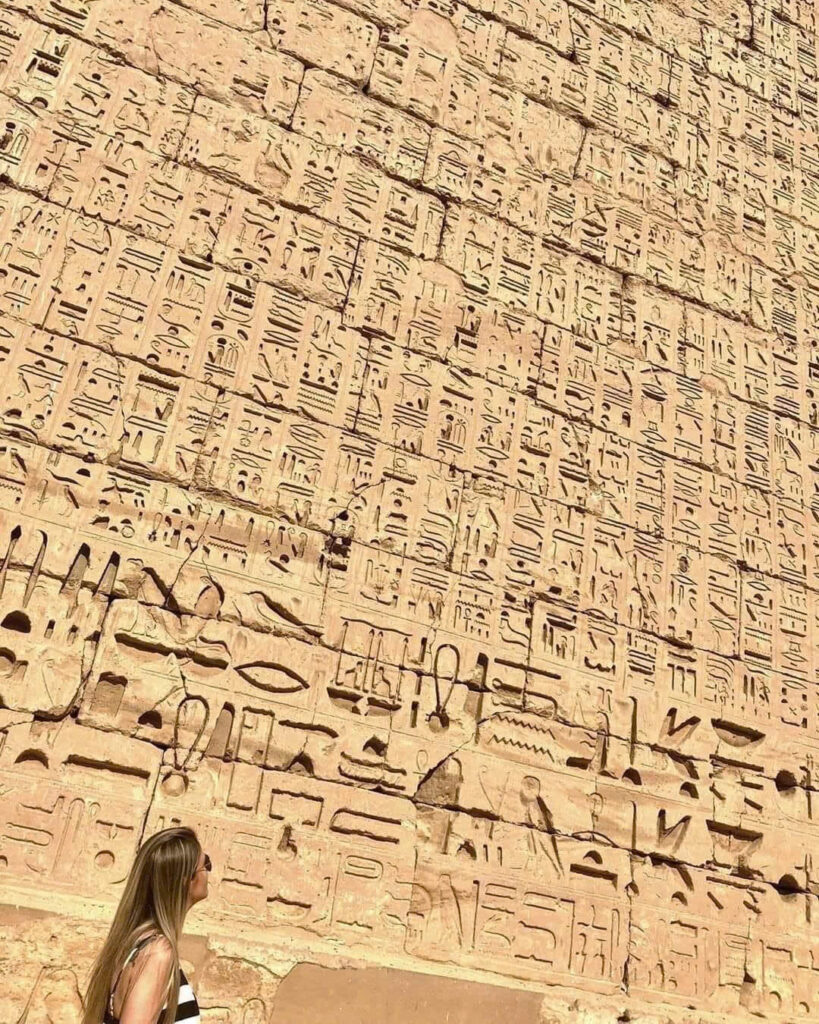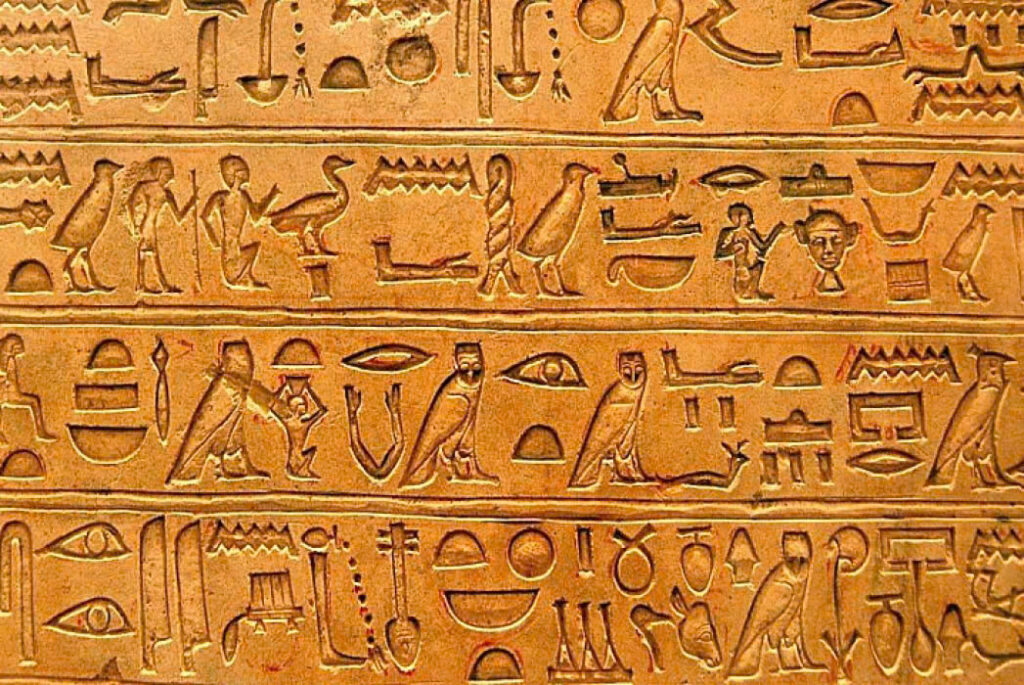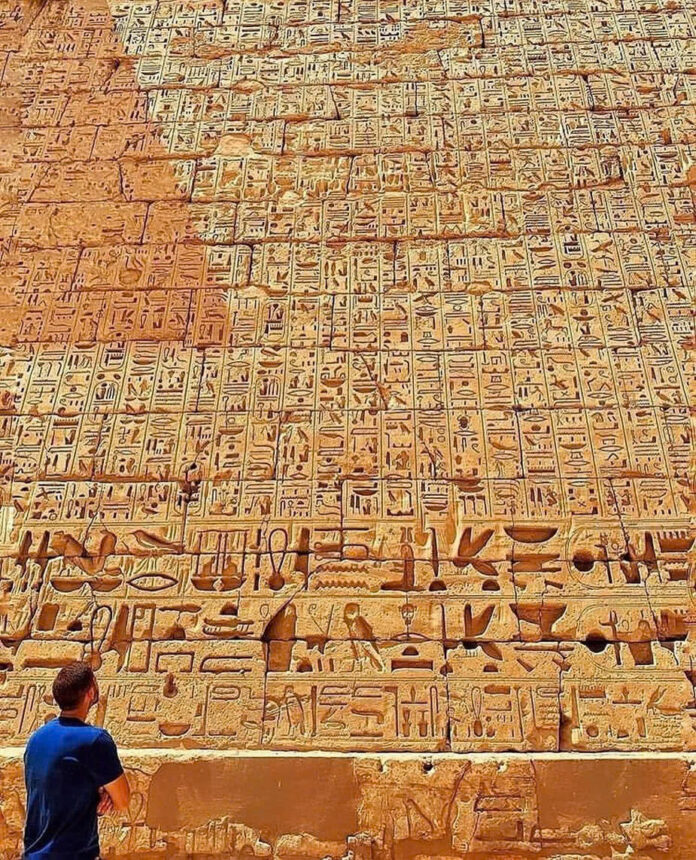A Temple of Triumph and Divine Narrative
At the edge of Luxor, where ancient stories whisper through stone, the mortuary temple of Ramses III at Medinet Habu stands as a testament to Egypt’s golden age. Constructed between 1186 and 1156 BC, this magnificent complex is more than just a monument—it is a vibrant canvas that tells the story of one of Egypt’s most legendary pharaohs.
Battling the Sea Peoples: A Divine Defense

The temple’s walls come alive with intricate hieroglyphs that chronicle Ramses III’s most famous achievement: his heroic defense against the Sea Peoples. These foreign invaders threatened Egypt’s borders, but the pharaoh emerged as a divine protector, chosen by the gods to maintain order against chaos.
Art and Power: The Language of Hieroglyphs

Every inch of Medinet Habu is a masterpiece of storytelling. The hieroglyphs are not mere decorations but powerful narratives that blend military triumph, religious devotion, and political propaganda. Scenes of battle are interwoven with sacred offerings, illustrating the pharaoh’s dual role as a mortal ruler and a living god.
A Sacred Complex of Architectural Splendor
The temple itself is a marvel of New Kingdom architecture. Massive pylons, expansive courtyards, and intricately decorated sanctuaries create a complex that celebrates the divine connection between earthly power and celestial authority. The hieroglyphs, still vibrant with original colors, capture the spiritual essence of ancient Egyptian civilization.
Worship and Legacy
Dedicated to the Theban Triad—Amun, Mut, and Khonsu—Medinet Habu was designed to honor Ramses III’s ka (spirit) and ensure his eternal protection. The inscriptions transformed the pharaoh from a mere ruler to a divine being, deeply intertwining governance and religious reverence.
A Bridge to the Past

Today, the hieroglyphs of Medinet Habu continue to captivate researchers and visitors alike. They are more than ancient texts—they are a living bridge connecting us to the complexity, artistry, and sophistication of a civilization that flourished over 3,000 years ago.
These stone-carved stories remind us that history is not just about dates and battles, but about the human desire to communicate, commemorate, and transcend the boundaries of time.

